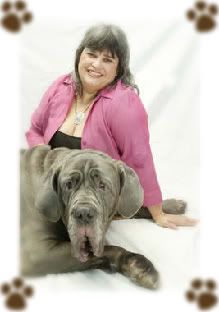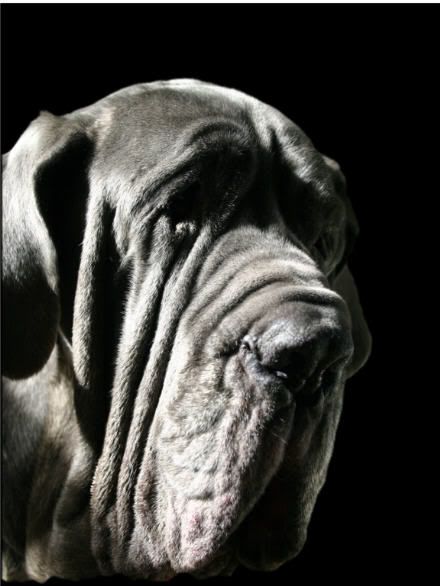We’ve just had a really stressful week in our home with contractors upgrading our heating system throughout the house. Poor Bailey, our deaf Great Dane has been really stressed with the appearance of strangers, furniture moving around, lots of ‘debris’ all over the place etc.
For a deaf or blind dog, normality is crucial but even more so in their home. Being deaf means that Bailey needs to trust in her environment to be able to fully relax and so we keep it as predictable and normal as possible for her. We don’t move furniture around much or have too many visitors in the house unless she has met them first outside and come in with them. When she is asleep her sensory perception is obviously severely limited so she hasn’t been able to get much rest in her home with strangers ‘appearing’ out of nowhere or being there when she wakes up.
We have taken time off to make sure that we have always been near her so that when she wakes up, she sees us somewhere near. As she’s a senior lady now she sleeps a lot so it’s been very time consuming! We have been careful not to change our behaviour around her – we’re just doing something normal like reading or watching TV or working nearby on the laptop – because if we try and comfort or reassure her if she wakes with a startle reflex, this would be ‘abnormal’ behaviour from us and will unsettle her even more. If she wakes and sees one of us completely relaxed and normal while chaos is going on in the rest of the place, it helps settle her more than if we actively try to ‘help’ her.
One sad side-effect of all of the upheaval is that she has become afraid of the dark. Bailey has restricted vision, especially at night, and in the last few dark evenings, probably because of the equipment and tools left around the house and in the yard, she has refused to go into darkened areas, even if we are with her.
We’re hoping that now the work is finished in the house and things are getting back to normal, Bailey will gradually settle and sleep soundly again…







